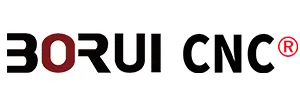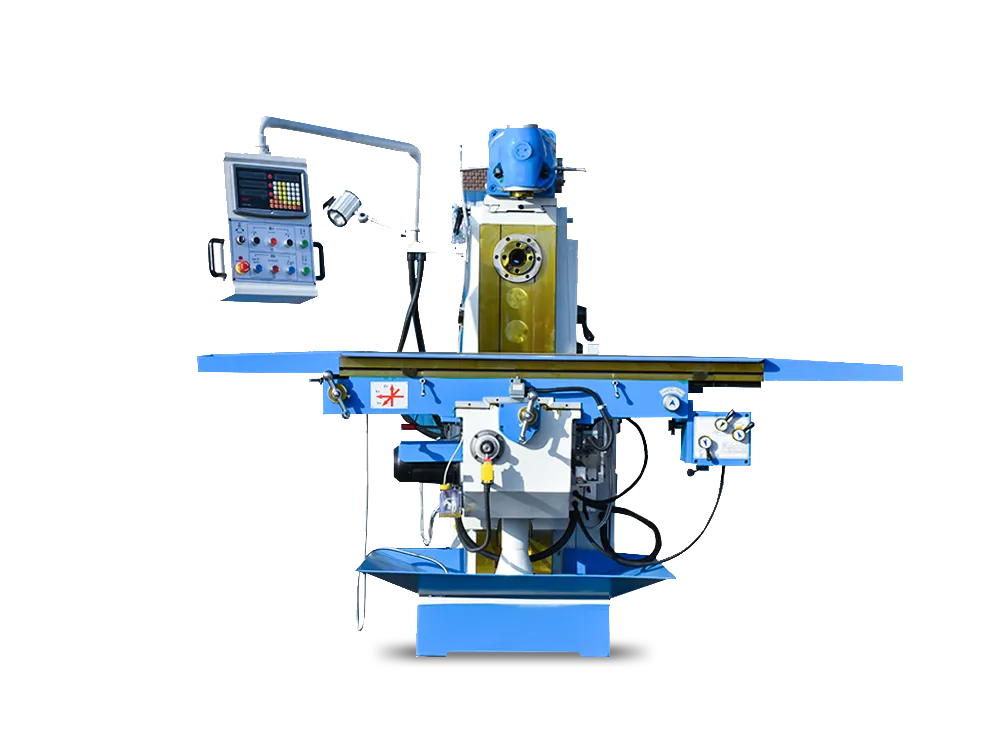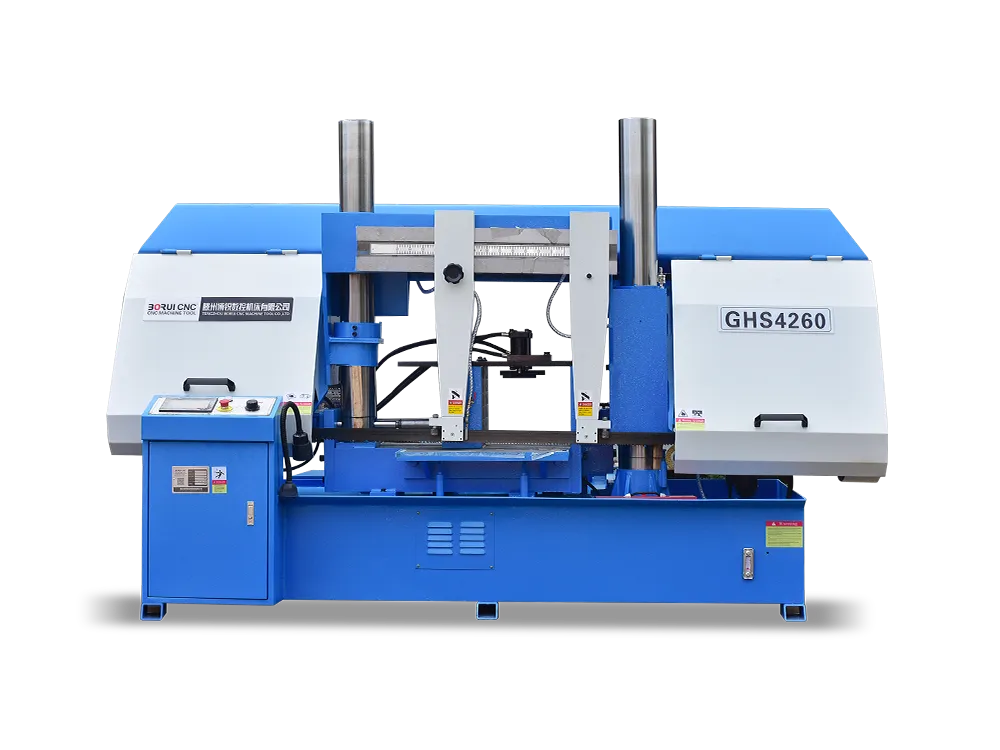Learn the basic knowledge that CNC machining center should master:
CNC machining center is a high-efficiency automatic machine tool composed of mechanical equipment and CNC system suitable for processing complex parts. The CNC machining center is also one of the most productive and widely used CNC machine tools in the world. It has strong comprehensive processing ability, one-time clamping of workpieces to complete more processing contents, high processing accuracy, equipped with tool magazines, suitable for single-piece processing with complex shapes and high precision requirements, or small and medium-sized batches of multi-variety production.
CNC machining center For CNC friends who have just come into contact with CNC machining centers or are committed to developing in this industry, what basic knowledge should they master? Today I will list it for you based on my experience. Only by constantly improving our technology can we develop better in this industry.
1. Learn to clamp the workpiece.
Some people will say, this is not easy? Is it simple, but some people can’t do it well. Clamping workpieces also requires skill. Generally processed workpieces are clamped with flat-nose pliers or three-jaw chucks, some are pressed with pressure plates, and some workpieces need to be clamped by tooling. Due to different materials and different processing shapes, the size of the clamping force and whether the pressing force is balanced will affect the machining accuracy of the workpiece and the deformation of the workpiece after processing. Often when a colleague uses a flat-nose pliers to clamp a workpiece to make a fine hole, the gauge can go down before loosening the pliers, and when the pliers are loosened, the gauge can’t go down, which means that the clamping force is not well grasped. When the clamping force is large, the workpiece is deformed, and the clamping force is small, and the workpiece may fall off during the milling process.

Three-jaw chuck

Flat pliers
2. Learn to correct, separate the center, and set the knife.
This is very basic, and it is the basic skill of operating a machining center.
3. Learn to sharpen the drill bit.
When operating a CNC machining center, drilling is often required, and the drill bit must be worn. If not, you should still spend time doing more practice on the grinding wheel.
4. Learn to read drawings.
You must be able to read drawings. Drawings are the language of robots. If you don’t understand the drawings, there is no way to analyze the process, let alone programming. You must be careful when looking at the drawing. First of all, you must see whether it is the first-angle drawing or the third-angle drawing, and then see where the benchmark is. There are also some important dimensions, especially the shape and position tolerances in the drawings, which should be paid more attention.
5. Understand the tools commonly used in machining centers.

For commonly used knives and the use of knives, be sure to understand. Know what knives are used for what.
6. Understand the properties of common processing materials.
You don’t need to go too deep, but you must understand the properties of common materials. For example, if you don’t understand the hardness of this material, the speed feed given by the program you have compiled may be unreasonable.
7. Learn to program with computer software.
Programming is divided into manual programming and automatic programming. Due to the complexity of the workpiece in the machining center, it is still necessary to learn to program with computer software, such as UG, Mastercam and other mainstream software.
8. Learn to use measuring tools.
For commonly used measuring tools, we must be proficient in using them. Such as vernier calipers, micrometers, inner diameter tables, depth gauges, etc.






